It was over 30 years before I managed to go back for a second look and, naturally, seeing Olivaceous again was a priority. Looking at trip reports, I was surprised to find the species only infrequently recorded and then, all too often, seen at just one site - Laguna de la Mejorada (aka “Lago de Diego Puerta”). Interestingly, this couldn’t have been too far from that original sighting so long before. But I was determined to find my ‘own’ birds rather than following the crowd. As a result I spent my first couple of visits carefully searching in the habitat as per the “Collins Bird Guide.” That is to say in “bushy country …. scrub forest in uncultivated areas …. moister strips along water-courses … and …. gardens and cultivations.” Unfortunately, there seem to be an awful lot of places like this in southern Spain and none them appeared to have Olivaceous Warbler! To be honest after a number of fruitless visits I cracked and visited the ‘honey-pot site’ where, of course, I quickly obtained excellent views of this subtle and understated warbler. It was here, though, that the penny began to drop although it took another visit for it to clang loud enough for me to take proper notice!
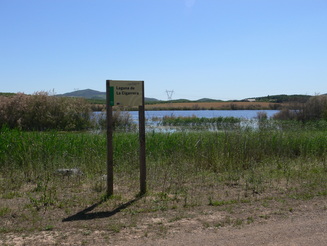
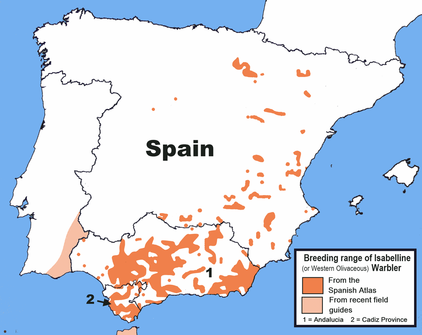
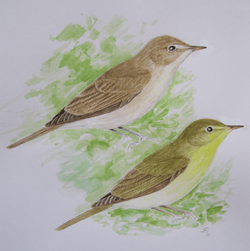
So next time you’re in southern Spain in late May – and I recommend it – investigate any large stands of tamarisk you come across. Listen carefully for a not-quite-Reed-Warbler song and, with luck, you’ll see this elusive bird….. they’re not as rare as people think!
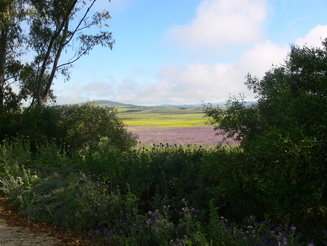
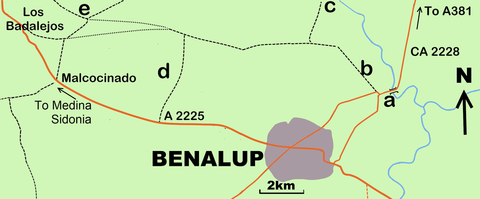
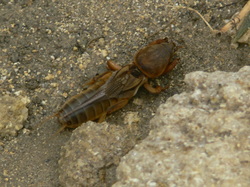
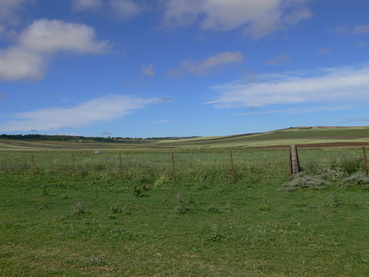
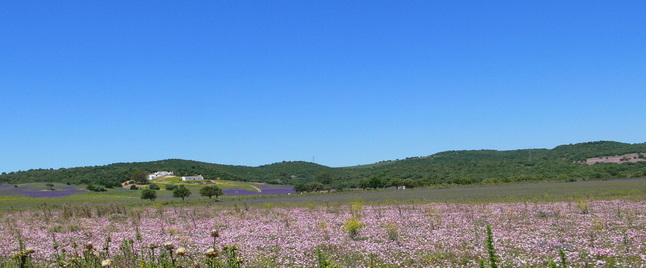
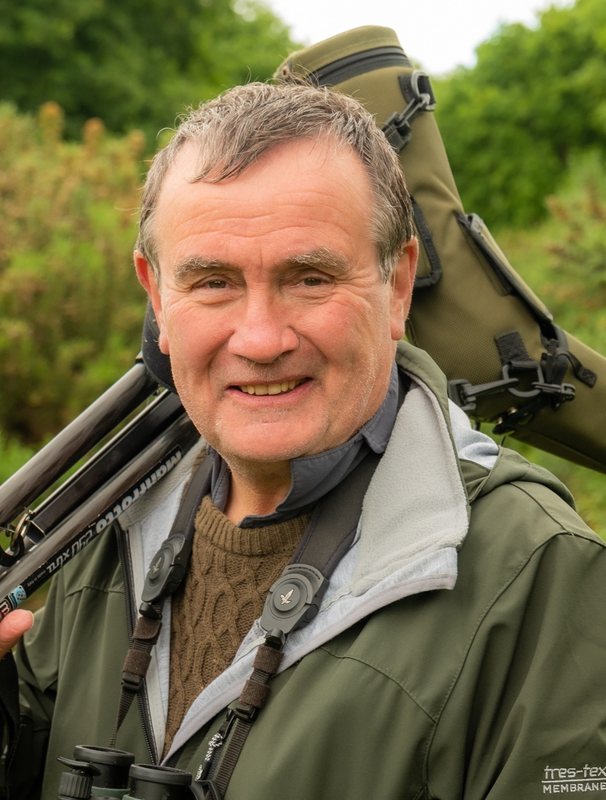
 RSS Feed
RSS Feed
